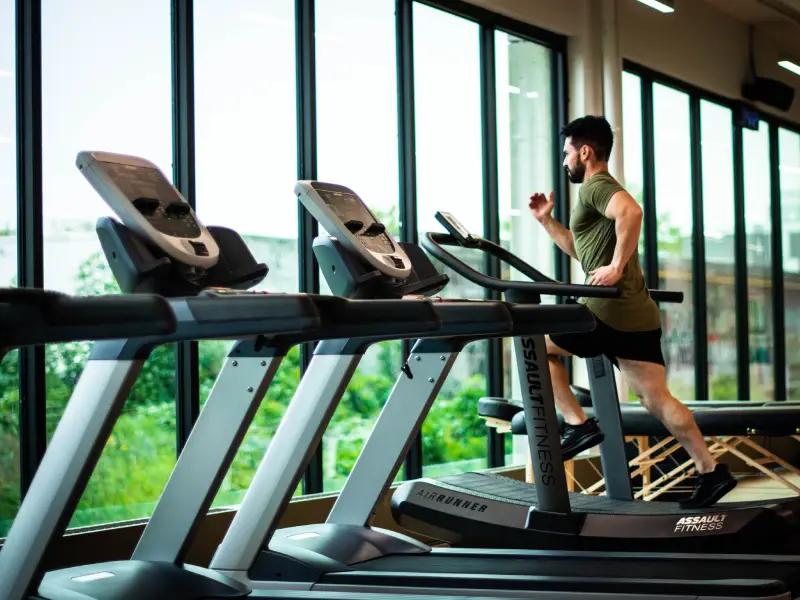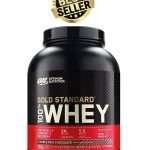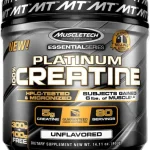Table of content
- Introduction
- What is Fitness Prevention 101?
- Understanding the Importance of Fitness Prevention
- Foundations of Fitness Prevention
- Building a Solid Fitness Routine
- The Role of Proper Nutrition
- Recovery and Rest
- Mastering Form and Technique
- Common Injuries and How to Avoid Them
- Frequently Asked Questions (FAQs)
- Conclusion
1. Introduction:
In the realm of professional sports and athletics, the pursuit of peak performance often goes hand in hand with the risk of injuries. However, by adopting a proactive approach centered around preventive fitness, athletes can significantly minimize the chances of setbacks while maximizing gains. In this comprehensive guide, we will delve into the world of fitness prevention, exploring strategies, techniques, and expert insights to help you embark on a journey of injury-free training.
2. What is Fitness Prevention 101?
“Fitness Prevention 101” is a fundamental approach to training that emphasizes proactive measures to minimize the risk of injuries while optimizing physical performance. This approach recognizes that achieving peak fitness isn’t solely about pushing your limits; it’s also about maintaining a strong and resilient body that can withstand the demands of sports and daily activities. By integrating preventive strategies into your fitness routine, you can pave the way for a sustainable, injury-free journey toward your fitness goals.
3. Understanding the Importance of Fitness Prevention:
Fitness prevention is not just about avoiding injuries; it’s about fostering a holistic sense of well-being through mindful training. Engaging in regular physical activity can enhance your mental health, boost your immune system, and promote better sleep. By focusing on prevention, you’re not only safeguarding your body but also reaping the numerous benefits that come with an active lifestyle.

4. Foundations of Fitness Prevention:
Before diving into the specifics of fitness prevention, it’s crucial to establish a solid foundation. Start by assessing your current fitness level. Understanding where you stand helps tailor your training program to your individual needs. Set achievable goals that align with your aspirations and track your progress over time. Remember that consistency, rather than extremes, is the key to long-term success.
5. Building a Solid Fitness Routine:
A well-rounded fitness routine forms the cornerstone of preventive training. Craft a workout plan that incorporates various types of exercises. Include strength training to build muscle mass and bone density, cardio exercises to boost cardiovascular health, and flexibility training to maintain joint mobility and prevent stiffness. Vary your routines to challenge different muscle groups, reduce the risk of overuse injuries, and keep your workouts engaging.
6. The Role of Proper Nutrition:
Optimal nutrition is the fuel that powers your body’s performance and recovery. Prioritize a balanced diet rich in lean proteins, whole grains, fruits, vegetables, and healthy fats. Adequate protein intake supports muscle repair and growth, while carbohydrates provide the energy needed for intense workouts. Additionally, staying hydrated is a fundamental aspect of preventive fitness, as water is essential for digestion, circulation, and temperature regulation.

7. Recovery and Rest:
In the pursuit of excellence, it’s easy to overlook the significance of rest and recovery. Pushing your body beyond its limits without adequate recuperation can lead to burnout and increase the risk of injuries. Listen to your body’s signals—muscle soreness, fatigue, and reduced performance can indicate the need for a break. Quality sleep is a critical component of fitness prevention, as it aids in muscle recovery, supports mental clarity, and promotes overall well-being.

8. Mastering Form and Technique:
Proper exercise form and technique are pivotal to injury prevention. When performing exercises, pay close attention to your alignment and posture. Correct form not only maximizes the effectiveness of your workouts but also minimizes the strain on joints and muscles. If you’re unsure about your technique, consider seeking guidance from experienced trainers or coaches. Their expertise can help you refine your movements and reduce the risk of injuries.
9. Common Injuries and How to Avoid Them:
Different sports and activities carry unique risks of injury. For runners and cyclists, injury prevention involves proper footwear, gradual increases in mileage, and balanced cross-training to avoid overuse injuries. High-impact sports, such as basketball or soccer, demand extra attention to protect joints and ligaments. Understanding these specific risks and implementing preventive measures tailored to your chosen activities is essential for long-term fitness success.






10. Frequently Asked Questions (FAQs):
- Can I prevent injuries without compromising on intensity?
- Yes, by gradually increasing the intensity of your workouts and paying attention to recovery, you can maintain a high level of performance without sacrificing safety.
- How can I tell the difference between muscle soreness and an actual injury?
- Muscle soreness usually subsides within a couple of days. If pain persists or worsens, it’s wise to consult a medical professional to rule out an injury.
11. Conclusion:
Prioritizing fitness prevention is not a luxury; it’s a necessity for anyone aiming to achieve long-term success in the world of sports. By embracing a well-rounded approach that includes proper training, nutrition, rest, and form, athletes can enjoy a fulfilling and injury-free fitness journey. Remember, the road to greatness is paved with smart choices and a commitment to holistic well-being.
References:
- American College of Sports Medicine (ACSM). (2021). Physical Activity Guidelines. Link
- National Sleep Foundation. (2021). How Much Sleep Do We Really Need? Link
- Harvard T.H. Chan School of Public Health. (2021). The Benefits of Physical Activity. Link
- Mayo Clinic. (2021). Fitness: Tips for Staying Active. Link
- American Heart Association. (2021). Hydration: Staying properly hydrated. Link
- American Council on Exercise (ACE). (2021). Personal Trainer Certification. Link
Latest Articles
Popular Reviews
July 3, 2023
AmRelieve Knee support
January 15, 2025
The Role of Whey Protein for Fitness
May 31, 2023
Elastic rubber band exercise
June 6, 2023
Essential Platinum Creatine
August 6, 2023
How can we help you?
We are your one-stop-shop for all things sports, nutrition and stress management. Our team of experts provides you with the latest reviews on sports equipment, nutrition facts and stress management advice. We also provide ratings to help you make informed decisions on what to buy. Stay ahead of the game with our blog website! Join our community today and get access to exclusive content and deals.
Most used tags
#Adaptogens #ModernNutrition #HolisticHealth #StressRelief #HealthyLiving #BrainHealth #CognitiveFunction #EnduranceTraining • #ExerciseForMentalHealth #ExercisePsychology #FitnessChallenge #FunctionalFitness • #HyroxRace • #MentalFitness #MentalHealth #ExerciseBenefits #MindBodyConnection #StressRelief #FocusThroughFitness #EmotionalWellBeing #HealthyLiving #FitnessMotivation #MentalHealthAndExercise #MentalWellness #Mood-boosting winter workouts #PhysicalActivity #WellnessJourney #Winter workout motivation ACLInjury ACLSurgery Blood pressure Cardiovascular exercise ChiaPudding Exercise fitness Gains healing healthy HealthyEating HealthyRecipes HyroxFitness • injury Mental Health in Motion muscle gain NutrientPackedMeals Prevention Resistance training Sport SportsInjuryTreatment Stretching and Cooling Down Supplements therapy Top Wearable Fitness Technology Trends Shaping 2024 training weight loss wellbeing Workout Routine










